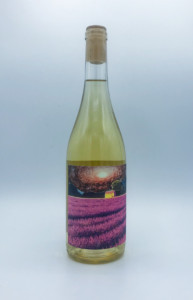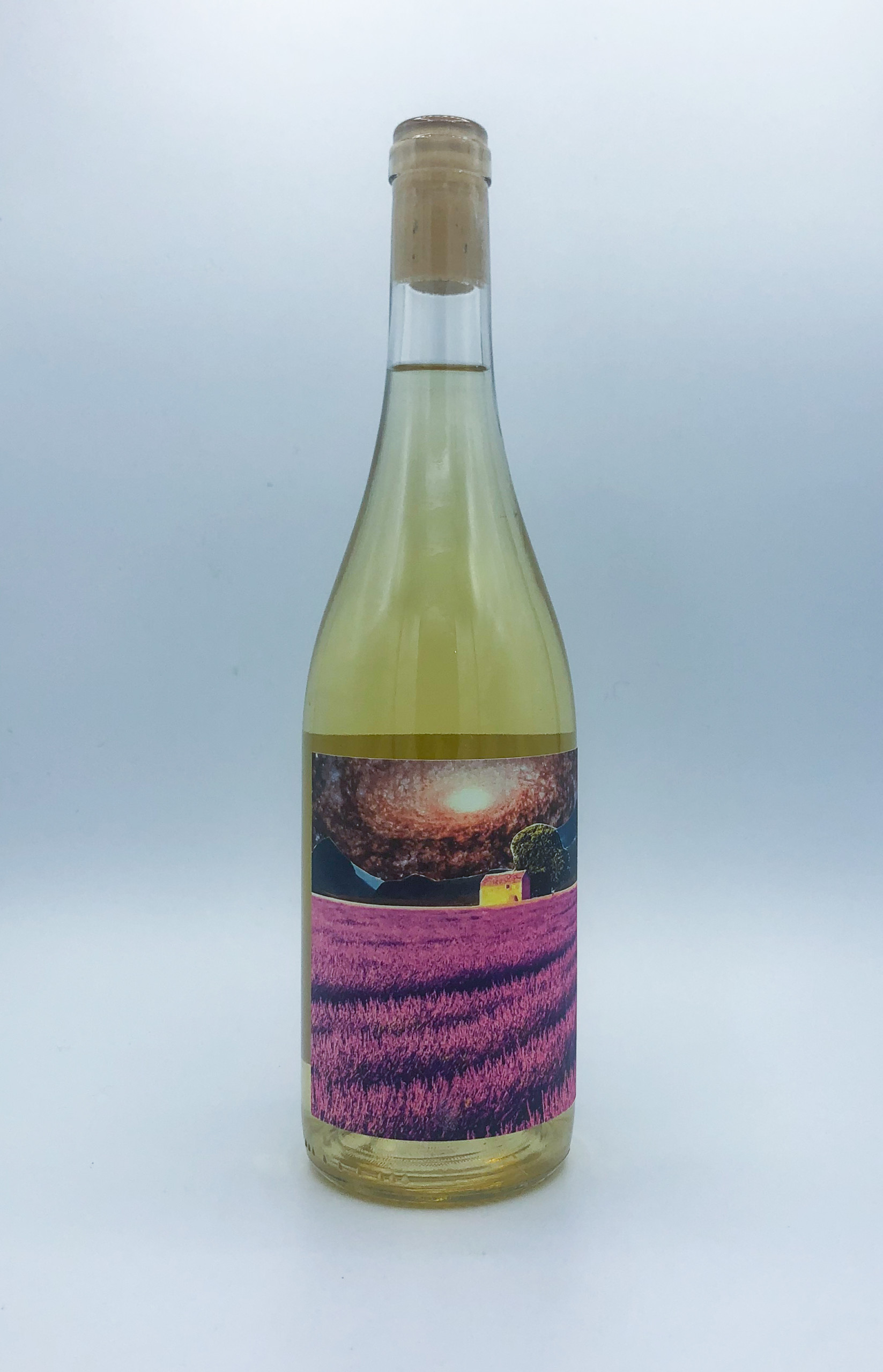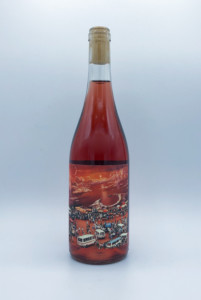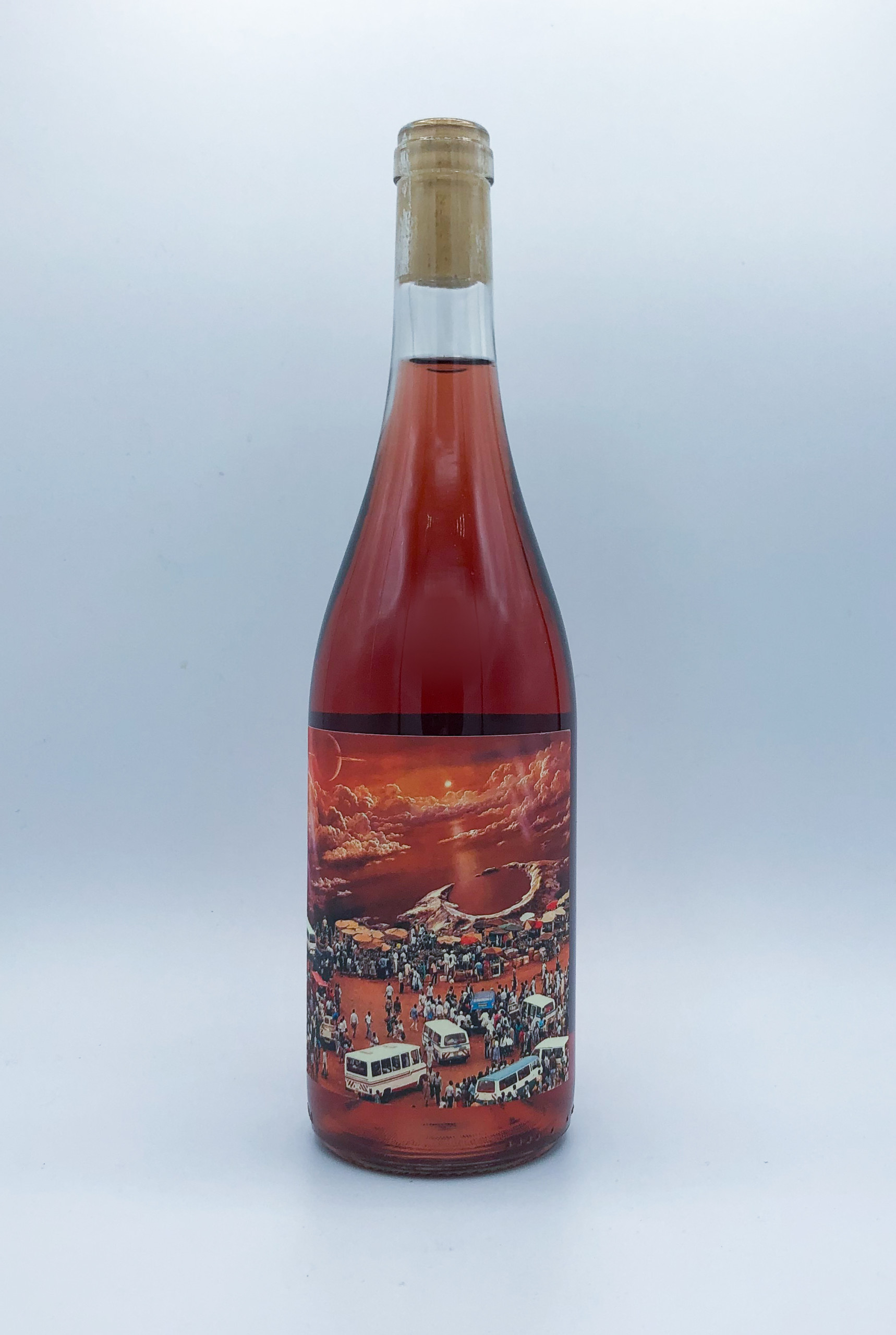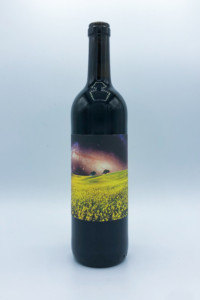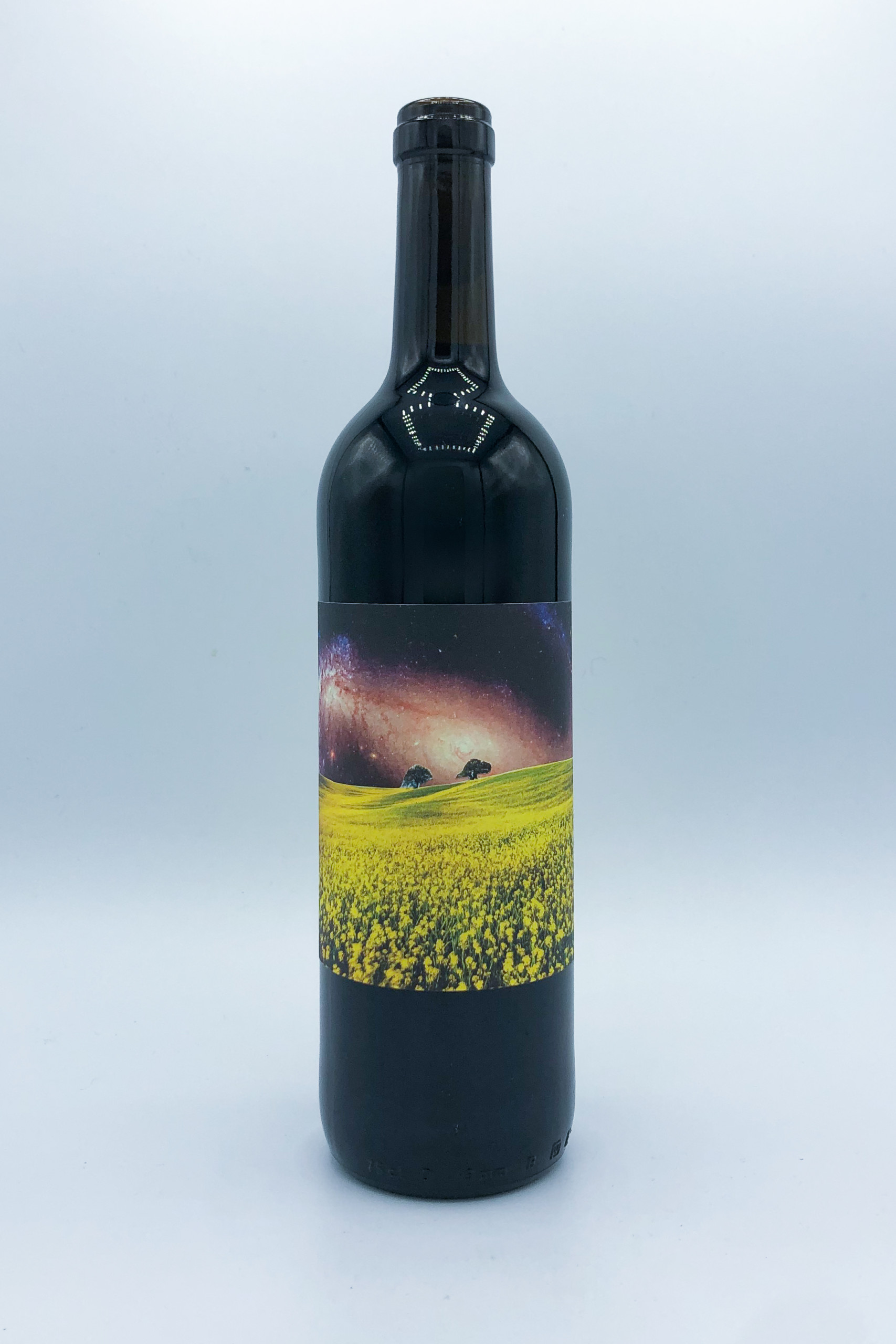Star Party
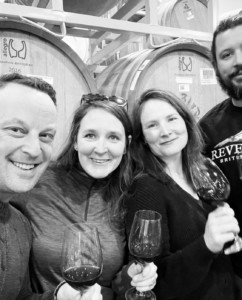
Tim Jordan, Mary Law, Emma & Mike Gutzler
About
Owners: Tim Jordan, Mary Law, Emma & Mike Gutzler
Winemaker: Tim Jordan
Vineyards: 3 acres, plus about 75% purchased fruit while they’re growing
Vineyard management: Sustainable, with little to no spraying
Soils: Gravelly clay loam, shales, and limestone
Grapes grown: Chambourcin, Chardonel, Regent, Saperavi
Annual production: 5,000 bottles
Quick facts:
- Star Party is a family affair: brother and sister Mary and Mike teamed up with their respective spouses to make wine together–initially just for fun!
- The wines are produced at Common Wealth Crush Co., a pioneering custom-crush project in Waynesboro, VA.
- Tim Jordan also makes the Midland wines with his brother Ben.
- 2021 was their first commercial vintage: it’s an exciting young project and part of the vanguard of the growing lower-intervention Virginia wine scene.
Ten years ago, Tim, Mary, Emma, and Mike started making wine together just for fun, and what was once a few barrels in their mother-in-law’s basement has grown into a full-fledged avant-garde natural wine project in their native Virginia.
Today, they have their own 3-acre vineyard site in the Shenandoah Valley, a part of Virginia known for a cooler, shorter, and drier growing season. They’re working with both vinifera and hybrid grapes and farming sustainably, with spraying reduced to the minimum possible. “We’re continuing to push limits on what grapes are able to tolerate in order to produce unique and delicious fruit,” Tim explains. While they continue to grow, they’re also purchasing fruit from other like-minded growers in the region.
Winemaking is low intervention, with the goal of allowing the grapes to express themselves “in their place and time,” as Tim puts it. Fermentations take place with native or ambient yeasts. No new oak is used, and sulfur is kept to a minimum.


